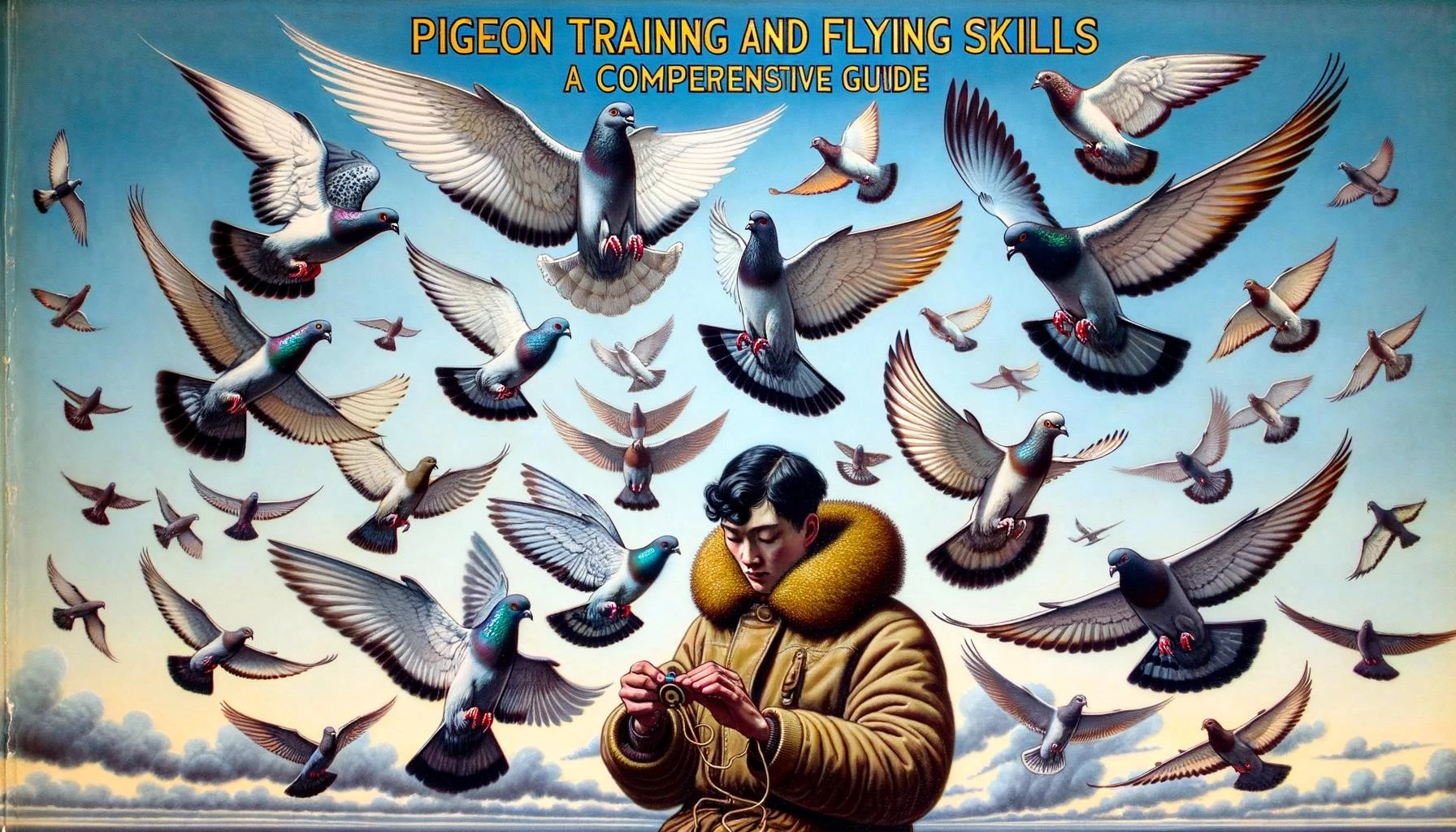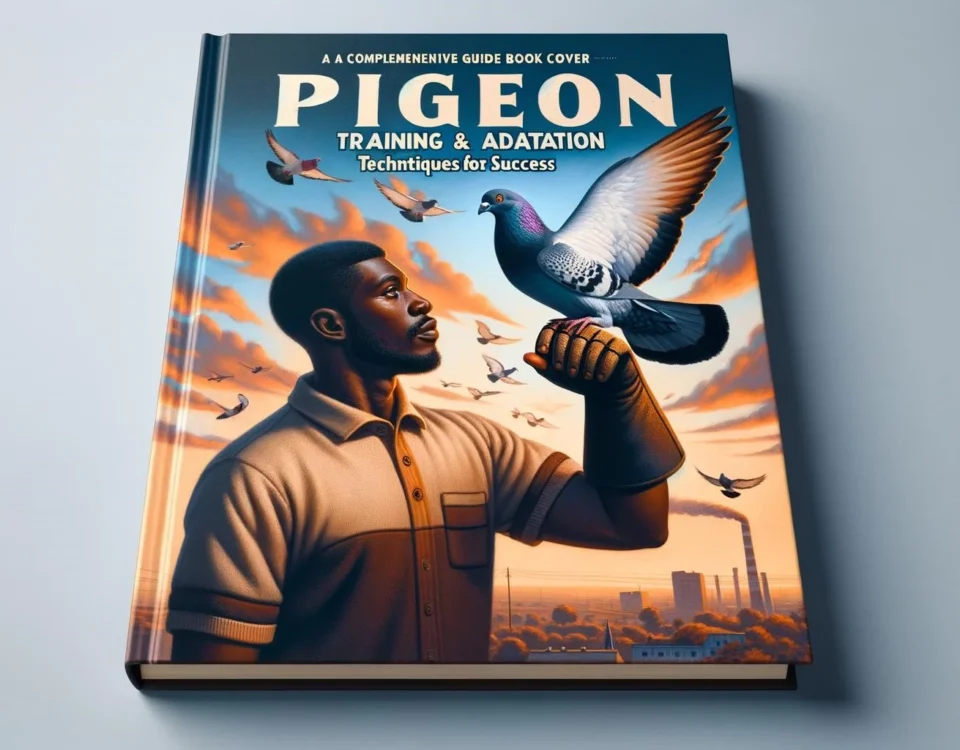Pigeon training and communication have been integral to human civilization for thousands of years. Carrier pigeons, also known as homing pigeons, have been used as messengers to transport messages over long distances. These remarkable birds possess a natural homing instinct, which can be harnessed through training to enhance human-pigeon interactions. Understanding pigeon communication is key to comprehending their behavior and promoting coexistence. In this article, we will explore the training methods and communication tactics used with pigeons to accomplish these goals.
Key Takeaways
- Pigeons have a natural homing instinct that can be harnessed through training.
- Training pigeons should start around six weeks of age when they can remember the entrance and exit to their coop.
- Pigeon communication involves vocalizations, non-verbal cues, and body language.
- Pigeon training for message-carrying or racing requires patience, consistency, and skillful techniques.
- Pigeons can still play a role in communication in areas with limited access to modern communication systems.
Training Pigeons
Training carrier pigeons should ideally begin around six weeks of age, when they can remember the entrance and exit to their coop. A loft or dovecote is needed for pigeons to live in, with a trap door for them to enter and exit. The training process typically involves familiarizing pigeons with the trapdoor by placing food on one side and the pigeon on the other side. Gradually, the pigeons associate the trapdoor with getting food and learn to use it independently.
Training pigeons for message-carrying involves a gradual and systematic process. The pigeons are initially taken away from their nest or loft and released to fly back. This process helps them develop their homing skills. Ongoing training sessions help pigeons build endurance and increase their flying distance.
Communication Among Pigeons
Pigeon communication is a complex amalgamation of vocalizations, body language, and gestures. Coos serve as a primary form of vocalization, conveying a range of emotions and intentions. Pigeons also use non-verbal cues and body language to communicate with each other and with their trainers. Understanding pigeon behavior and communication can enhance the effectiveness of training sessions and promote a stronger bond between trainers and pigeons.
Pigeons in Communication
While modern technology has largely replaced pigeons as a means of communication, their remarkable ability to navigate and find their way over long distances is still awe-inspiring. Pigeons can serve as a reliable means of communication in areas with limited access to modern communication systems. In certain situations, such as during times of conflict or in scientific studies, pigeons have proven to be invaluable messengers. Despite advancements in technology, the training of pigeons for message-carrying and their use as messengers has not entirely faded away.
In conclusion, pigeon training and communication have played significant roles in human civilization throughout history. Training pigeons to harness their natural homing instinct and understanding their communication patterns are essential for effective human-pigeon interactions and the utilization of their unique capabilities. While modern technology has taken over many aspects of communication, pigeons continue to hold a special place in our history and can still provide valuable services in certain situations.









